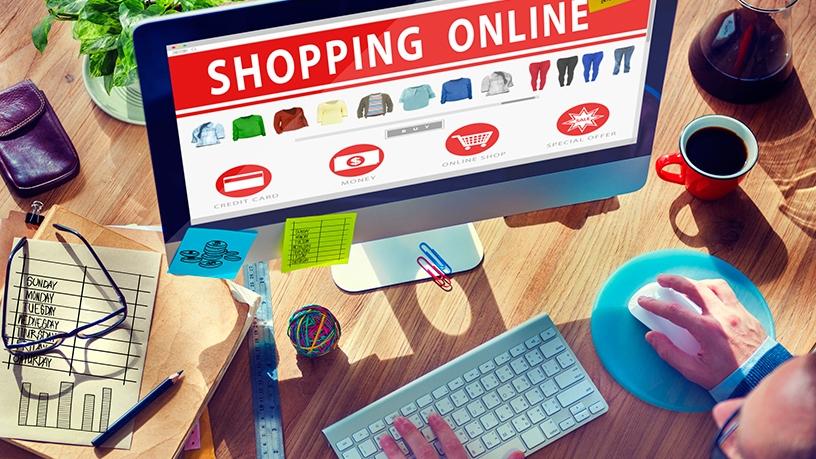
User-generated content is the new way of doing retail marketing. It acknowledges that shopping is a social and sharing experience and replicates that experience online.
These were the sentiments of Ryk Benade, head of design at online fashion retailer, Spree speaking about the launch of #SpreeGallery, a new social shopping hub that invites customers to share images of themselves wearing products bought on the site.
"Our user-generated gallery pulls images from Spree users' Instagram and Twitter accounts, that are tagged with #Spreecoza, #SpreeMan, #SpreeGallery, or any hashtag associated with a Spree marketing campaign.
"Spree's moderators 'accept' images that are aligned with the brand and that showcase Spree products. Images are tagged with product links before being pushed to the app and site where other users can view them and shop the linked products."
Similarly, research by Bazaarvoice, a Texas-based company that helps brands capture, analyse and act upon social data, consumer-generated content creates a lot more interest than stock images advertising products, with 56% of online shoppers saying when they see pictures and videos of other shoppers wearing products, it gives them more confidence in the brand itself.
Further, the study indicates that photographs trigger interest in online consumers, with one in three online shoppers admitting to impulse shopping, purchasing items that catch their eye while looking for something else. This is particularly true in the case of millennials, with more than 49% saying they shop spontaneously.
There has been a rise in online sales with South African clothing retailers, as indicated by nearly all retailers seeing an uptick in online sales.
According to Robyn Cooke, head of e-commerce at The Foschini Group (TFG), the retailer saw an increase of 46.88% in online sales for the quarter ending in December 2017 compared to the same period quarter during the previous year.
Mr Price also reported online sales growth for the third quarter ended 30 December 2017. This is according to a trading update published on SENS, which said online sales were up 12.2% in the quarter, outstripping store sales which only grew 8.8%.
Divisional growth in online sales in MRP Apparel, MRP Sport and MRP Home were 27.7%, 19.8% and 1.6% respectively. Overall, Mr Price's South African retail sales of R6.1 billion grew 8.8% for the quarter.
The International Data Corporation estimates that by 2019, 50% of retailers will have adopted a retail omni-channel commerce platform, making online shopping more convenient.
Esther Hoogstad, head of Spree customer interaction and marketing, says that it is important for retailers to go digital.
"Although online retail still accounts for a small percentage of total sales, its growth outpaces that of traditional retail as more and more business recognise online as an opportunity to grab more market share and reach more customers without incurring the high fixed costs associated with brick and mortar expansion.
"For customers it's about convenience and choice. Online stores offer unprecedented opportunities to research, compare and choose from literally thousands of products - no matter where they are, or how busy they are. Add to that the convenience of having their purchases delivered to their door, or to a convenient pick-up point, and it is easy to see why people who use an app to order a ride, and social platforms to organise an event, crowdfund their projects or mobilise support for a good cause, are migrating to buying fashion and other lifestyle products online," she noted.
Share